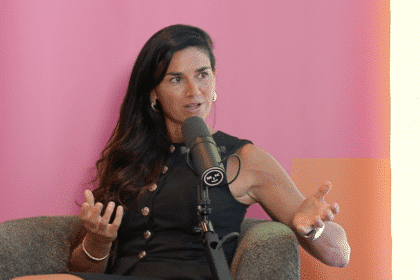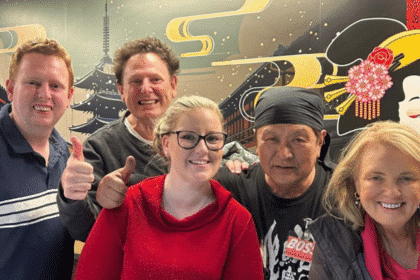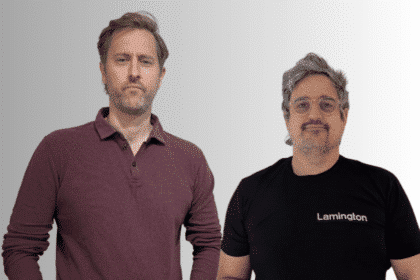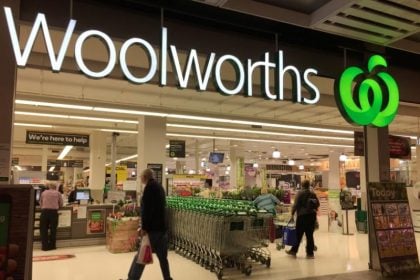KSI and Logan Paul, the YouTubers behind energy drink PRIME, are facing serious condemnation from a US legislator over the caffeine content of its energy drink and its alleged marketing to children.
Democratic Senator Chuck Schumer told reporters at a press conference “buyer and parents beware” and that PRIME was a “serious health concern for the kids it so feverishly targets.”
According to the senator from New York, one 12-ounce (355ml) can of PRIME has more caffeine than almost two Red Bulls or six cans of Coca-Cola.
In a letter to Federal Drug Administration (FDA) commissioner Robert Califf, Schumer asked the agency to examine health claims by PRIME’s energy drink and its influencer ad campaign and determine whether the can should carry more warnings.
He also wants the FDA to investigate whether the level of caffeine in the PRIME drink is safe for children.
“PRIME is born from the wheels of social media and the enigmatic world of influencers,” Schumer told reporters.
“Kids see it on their phone as they scroll, and then they actually have a need for it. And the problem here is that the product has so much caffeine in it that it puts Red Bull to shame.
“Most parents haven’t even heard of this stuff that their kids are begging for, but kids have heard about it because of this advertising campaign,” he added.
KSI and Logan Paul have a combined YouTube following of 47.7 million and Schumer said this made it easy to reach a younger, impressionable audience.
The drinks brand is part of the Congo Brands group, co-owned by American businessmen Max Clemons and Trey Steiger. Congo Brands has two other brands on its books, Alani Nutrition and 3D energy drinks. Fitness influencer Katy Hearn is the face of Alani — and has an upcoming campaign with Kim Kardashian — while fitness vlogger Christian Guzman fronts 3D.
Whether as a result of its marketing or not, PRIME’s, erm, primary audience is teenagers — and teenage boys in particular — thanks to Paul and KSI’s online fame.
While the pair were visiting Australia and taking a trip to see Karl Stefanovic and Sarah Abo on Nine’s Today Show, a 14-year-old boy was crushed as they appeared on a balcony of the Nine offices.
We’ve NEVER seen anything like this before…. @LoganPaul @KSI #9Today | WATCH LIVE 5.30am pic.twitter.com/VTAAPH1Doq
— The Today Show (@TheTodayShow) February 12, 2023
In fact, such is the furore around PRIME among teenagers that several schools around Australia have banned the drink.
Jemille Malouf, principal of the Miami State School on the Gold Coast said that: “This is a new elite athlete drink that is in high demand” and “It clearly states on the packaging that these drinks are ‘not suitable for children under 15 years of age’.”
It is also worth noting that the Food Standards Australia New Zealand (FSANZ) code limits the maximum amount of caffeine allowed in a drink to 32mg per 100ml.
A can of PRIME has around 56 mg per 100ml.
In a statement to Gizmodo, a PRIME spokesperson said that it had received FDA approval for the drink prior to its release and that it complied with the legal caffeine limit for all the countries it is sold in.
“It complied with all FDA guidelines before hitting the market and states clearly on packaging, as well as in marketing materials, that it is an energy drink and is not made for anyone under the age of 18,” the spokesperson said.
There also appears to be some confusion around PRIME, given that there are two types of drinks under the same branding. PRIME Energy comes in a can and has high caffeine levels. PRIME Hydration, meanwhile, comes in a 500ml plastic bottle and has no caffeine at all.
A disclaimer on the PRIME website said that it “is not recommended for children under 18.” The company spokesperson also said that the company’s “top priority is consumer safety” and it would “welcome discussions with the FDA or any other organization regarding suggested industry changes they feel are necessary in order to protect consumers.”
Lead image: KSI/ YouTube








